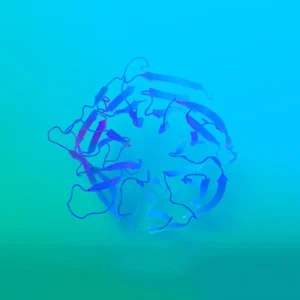Concerning AI transcription, where accuracy and efficiency reign supreme, a recent study has shed light on a concerning phenomenon: hallucinations leading to harmful speech-to-text transcriptions.
AI transcription tools have revolutionised various fields, from healthcare to corporate meetings. However, when these tools make errors, they don’t simply produce gibberish; they hallucinate entire phrases, often resulting in distressing and harmful content.
Researchers from Cornell University, the University of Washington, New York University, and the University of Virginia conducted a study focusing on OpenAI’s Whisper API, a leading AI transcription tool. They found that Whisper hallucinated approximately 1.4% of transcriptions, with 38% of these hallucinations containing explicit harms, including violence, inaccurate associations, and false authority.
Remarkably, transcriptions of the speech of people with aphasia, a speech impairment that impairs word-finding skills, revealed a higher incidence of hallucinations. Longer pauses in speech also correlated with increased hallucinations, indicating a tendency of the AI to fill gaps with imagined content.
AI Transcription Implications and Concerns
The implications of these hallucinations in transcriptions are significant, potentially affecting various scenarios, such as witness statements, medical records, and job interviews. Erroneous additions like “terror knife” or “blood-soaked stroller” could have detrimental effects on individuals’ lives and opportunities.
While OpenAI has since improved the Whisper API, the study underscores the importance of awareness and accountability in artificial intelligence development. Researchers urge OpenAI to investigate the root causes of these hallucinations and prioritize the creation of AI tools that better accommodate diverse communities, including those with speech impediments.
As AI continues to permeate various aspects of society, ensuring the accuracy and ethical use of AI transcription tools is paramount. By addressing the issue of hallucinations and prioritizing transparency and inclusivity in artificial intelligence development, we can mitigate potential harms and harness the true potential of this transformative technology.


















